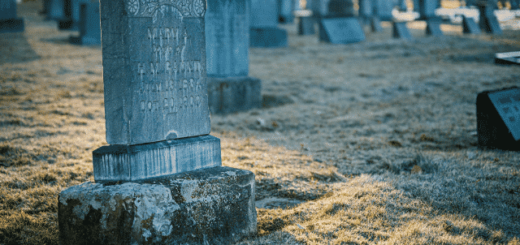Incorporating Cemetery Plot Maps into Genealogy Research: A Valuable Resource for Tracing Ancestors

Cemetery plot maps can be an indispensable aid when visiting cemeteries, making it easier to quickly find your ancestor’s grave in its wider context.
Plot maps help you visualize where you will be researching in a cemetery, helping you visualize where your research should begin. With some luck, the cemetery you’re researching might have an online form that allows you to search graves by name – even if this option doesn’t exist yet, burial records may have been digitized and found through Find A Grave – making your task of discovering gravesites of your ancestors much simpler! Combined together, using plot maps with these tools should make finding them much simpler!
St. Joseph New Cemetery in Cincinnati, Ohio, where many of my maternal ancestors rest, created this map available online through its search form to assist me in my research for burial information of James Carrigan and Rose Carrigan – two great-great-grandparents that I am researching – I know their grave locations: James lies in Section 15, Lot 5, Part N Range 4 while Rose (who died 15 years prior) lies nearby but in Section 16 as per this map.
Cemetery plot maps can show more granular detail as well, with some cemeteries offering maps that identify individual graves or lots. Visit each cemetery’s website to discover whether they offer these more-detailed maps – especially from times past.
If you are having difficulty locating your ancestor’s gravesite, contact the cemetery office. Learn if lot numbers have changed since their time; in addition, old documents related to his/her burial could include plot records or cemetery deeds that can help direct you.



